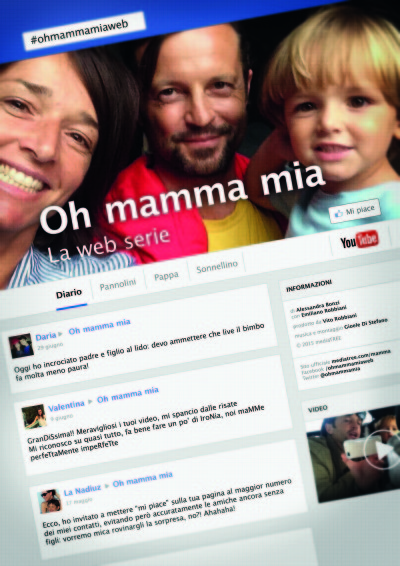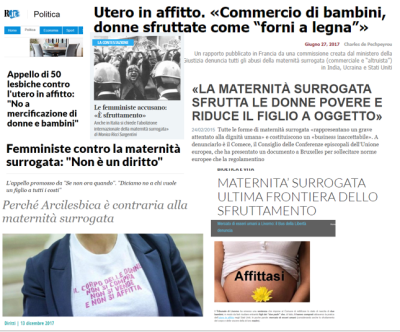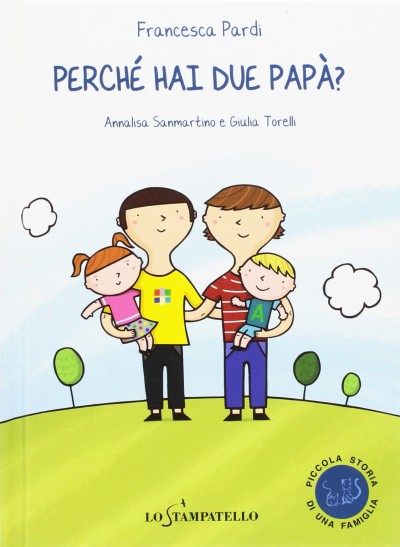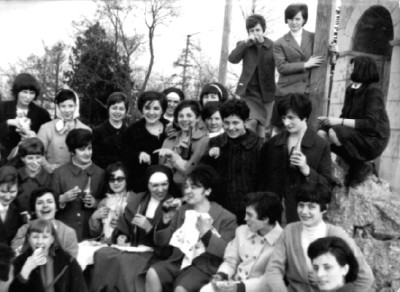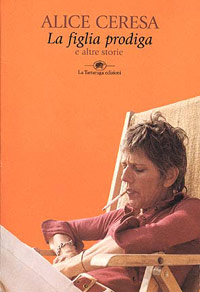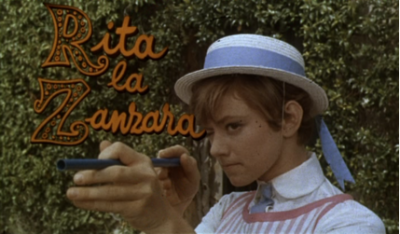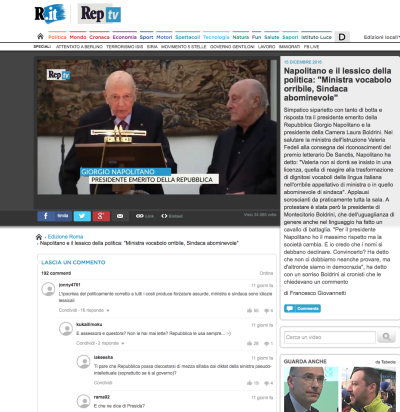7. Cybermoms and Postfeminism in Italian Web Series
Journalist Loredana Lipperini astutely observes how in Italy “motherhood is the knot” in which are entangled different feminist philosophies, as well as patriarchal views of the maternal figure as the only acceptable version of female identity. In biopolitical terms, the maternal body is “the place where power expresses itself and where power, by assuming control of it, exercises its greatest repression (Lupperini 2007). This article aims to disentangle the “knot” of feminist aspirations and contradictory discourses on motherhood in contemporary Italy as it is explored in three Italian web series: Ivan Cotroneo’s Una mamma imperfetta (2013),

